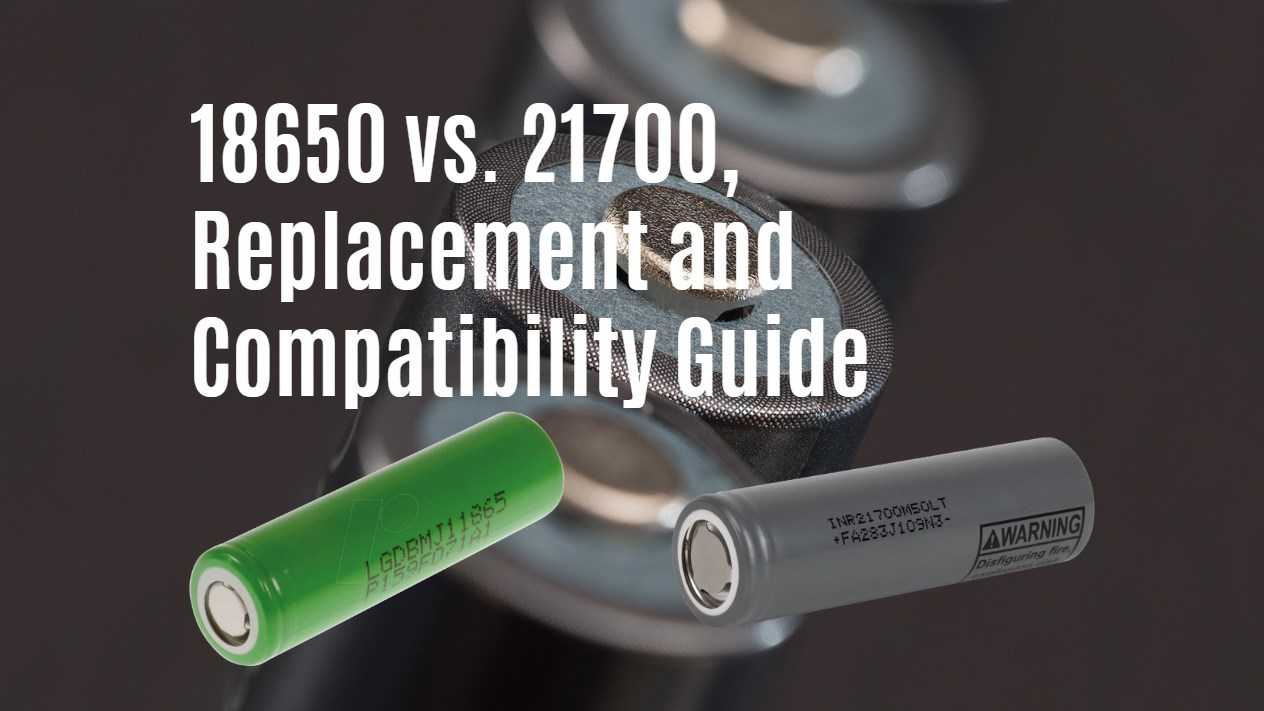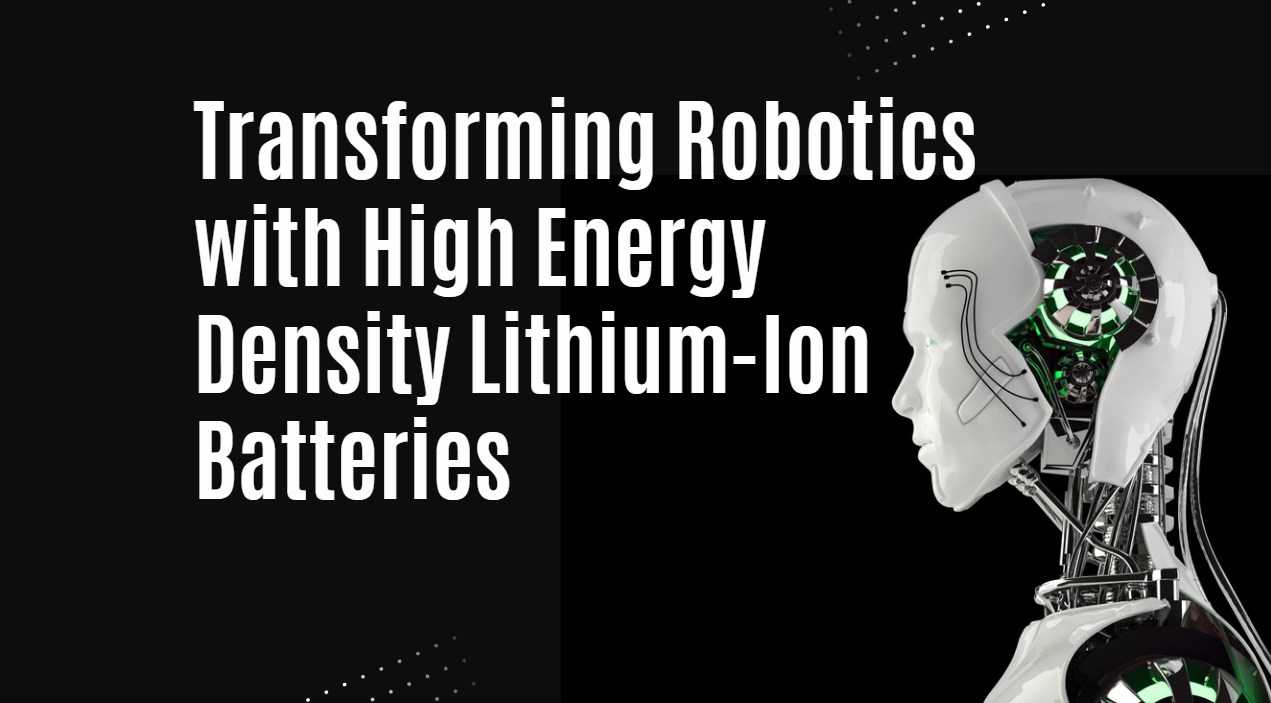How Do Alkaline Batteries Perform in Cold Weather?
Alkaline batteries can lose capacity and voltage in cold weather, resulting in reduced performance. At low temperatures, the chemical reactions within the battery slow down, causing devices to drain batteries faster. They may not perform effectively in extreme cold.
Alkaline batteries can operate in cold weather, but their performance significantly declines as temperatures drop. While they remain functional at lower temperatures, efficiency and capacity are adversely affected, leading to reduced voltage and shorter usage times.
Effects of Cold on Alkaline Batteries
- Voltage Drop: As temperatures decrease, the chemical reactions within alkaline batteries slow down, causing a drop in voltage. For instance, at around -20°C (-4°F), the voltage can fall from 1.5V to approximately 1.1V after only a short period of use.
- Reduced Capacity: Alkaline batteries can lose up to 50% of their capacity in freezing conditions. At temperatures below freezing, their performance diminishes considerably, making them less reliable for high-drain devices.
- Freezing Point of Electrolyte: The electrolyte in alkaline batteries can freeze at around -28°C (-18°F), rendering the battery ineffective. When this occurs, the battery will not function until it warms up to a suitable temperature.
Best Practices for Using Alkaline Batteries in Cold Weather
- Keep Batteries Warm: Store alkaline batteries in insulated pockets or compartments to help maintain their temperature.
- Warm Before Use: If batteries have been exposed to cold, allow them to warm up to room temperature before using them to restore some lost performance.
- Use Sparingly: For critical applications in extreme cold, consider using alkaline batteries only when necessary or switch to lithium batteries, which perform significantly better under low temperatures.
Latest Insights on Battery Performance
Recent studies indicate that while alkaline batteries can function in cold weather, they are not ideal for extreme conditions. Lithium batteries are recommended for outdoor activities and emergency gear due to their superior performance across a wider temperature range, often functioning effectively down to -40°F (-40°C) without significant loss of capacity.
Redway Expert Comment
As experts at Redway Battery, we understand that while alkaline batteries can work in cold weather, their performance is limited compared to lithium alternatives. For reliable power in extreme conditions, we recommend using lithium batteries that maintain efficiency and longevity even at low temperatures.”


